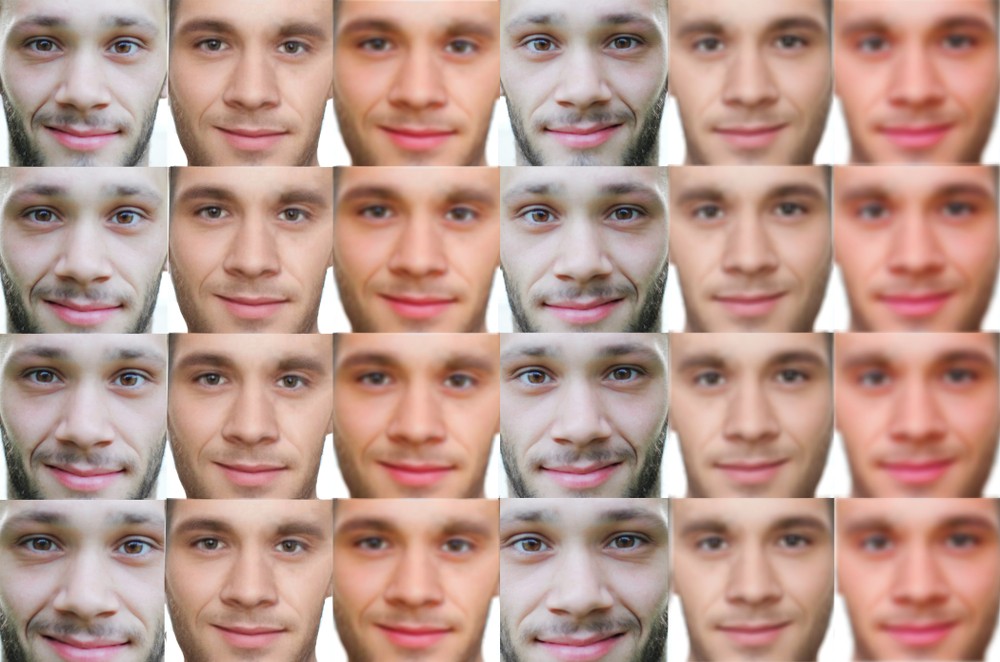
Artificial intelligence has made some incredible strides in recent years. It has led to the development of some exciting and helpful technologies, including virtual assistants (Echo, Alexa, Siri, etc.), driverless vehicles, and more. It's also led to the development of some less-than-helpful technologies, such as deepfakes. Deepfakes allows a user to superimpose the face and even voice of a person on top of another. There are multiple applications for the technology, including perfectly legitimate ones, but it has the potential for serious disinformation campaigns.
Table of Contents
What Are Deepfakes?
Deepfake – which is a portmanteau of "deep learning" and "fake" is a human image synthesis technique that is powered by artificial intelligence. "human image synthesis" is basically the creation of realistic images of humans. It combines existing media, like images and videos, with another source a media using generative adversarial network (GAN).

GAN is a type of machine learning where two neural networks compete to generate new data with the same statistics as an existing piece of data. It basically creates an image that looks so real to the human eye that it's almost impossible to tell it's fake.
How Deepfakes can be Used to Spread Fake News
One of the worst applications of deepfakes is that it can be used to spread fake news by impersonating prominent figures. There are already several news stories of this happening, in particular with politicians. People have used the technology to replace the face of German Chancellor Angela Merkel with Donald Trump, and the face of Argentine President Maruicio Macri with that of Adolf Hitler. A famous deepfake incident happened this past May when Speaker of the United States House of Representatives Nancy Pelosi was edited to make it sound like she was slurring her speech.

Another serious issue is that of "deepfake pornography." There is plenty of it on the internet already, with people superimposing celebrities and people in prominent positions into porn videos. Deepfakes have been used to make fake sex tapes and revenge porn, among other things. Actress Scarlett Johansson has been a regular target for deepfake porn and has spoken about it in depth. She believes that they don't affect her public image, but not everyone is as steadfast as her and may people fall for these videos.
Why You Should be Concerned
The leading cause for concern is just how fast the technology is developing. A deepfake pioneer gave an interview with CNBC in which they claimed that perfectly real-looking videos are on the way and could be developed within six months to a year. Tools like Photoshop already make it difficult to tell what is real and what isn't, and now deepfakes are going to blur the line even more.

The problem is that everything spreads so quickly in a digital age. Things go viral in minutes, barely giving any time to analyze and contest the validity of the deepfake. Imagine if someone made a video of a celebrity or politician using racist or homophobic language. The video would be seen by millions within an hour. Even if someone could prove that it wasn't them and that the whole thing was fake, the damage to their reputation would still be done. The internet doesn't forget.
That's to say nothing of how concerning it would be to live in a world where you can't even trust what your eyes tell you. People on the internet lie all the time, but it's often easy to spot them. Pictures and videos used to be considered solid proof. Now with deepfakes, you can't trust any media. Who's to say what's real in a world where what we perceive to be authentic can be manipulated so easily?
How to Combat Deepfakes?
The good news is that not all hope is lost. Countermeasures are slow, but they are coming. Artificial intelligence researchers have admitted that they "aren't ready," but they are working on solutions. For example, they can develop programs that analyze videos and pictures for signs of fakery; effectively fighting artificial intelligence with artificial intelligence.
Google is getting involved in the fight too. They recently released a dataset of over 3,000 deepfakes to help researchers in their development of detection tools. They filmed actors and used deepfake technology to create the 3,000 videos. They aren't the only company getting involved either. Other tech companies – including Facebook and Microsoft – have come together to develop open-source tools to detect this kind of doctored content.
Government policies must also be updated. Laws in the United States could classify deepfakes as falling under defamation and fraud laws – and other laws – but it can be difficult to determine who actually created the fake image/video. It's also going to be challenging to define what constitutes a deepfake legally. These are just some of the questions lawmakers will have to ask themselves about the emerging AI technology.
Conclusion
Deepfakes technology effectively allows people to create fake videos, images, and audios of people by superimposing their face and voice over existing videos. Think of it as the next evolution of Photoshop. There are many reasons to be concerned about the technology – and it can be used for many nefarious purposes – but solutions are on the way. There are also some positive applications to the technology, so let's not be too "doom and gloom" about the whole situation.





Leave a Reply
Thank you for your response.
Please verify that you are not a robot.